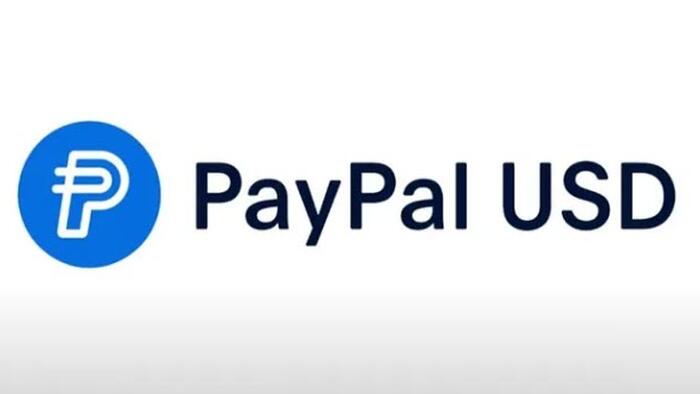


Authored by Omid Malekan via Medium.com,
PayPal issuing its own stablecoin is big, marking a major milestone in the continuing evolution of crypto. It legitimizes the notion of payments moving on chain more than any blog or book (however well-written) ever could and is another step towards mass adoption.
For years, skeptics of the very idea of tokenized fiat money have homed in on the immaturity of the stablecoin industry to form their critique. Tether — they told us repeatedly — was a fraud that would collapse imminently, and Facebook’s Libra/Diem project was dangerous. Those who couldn’t be bothered to learn the difference between a badly designed Terra UST and a fully reserved USDC told us that dollars on the blockchain were a solution looking for a problem. Just recently, SEC chairman Gary Gensler told us that we don’t need any more digital currencies because the dollar is already digital. Presumably he meant mobile services like Venmo, owned by PayPal.
But now we know: PayPal disagrees.
I first wrote about the collision of PayPal and stablecoins five years ago and got a lot wrong, some of it embarrassingly so. I was too optimistic on the speed of stablecoin adoption, and not optimistic enough about the role non-crypto FinTechs could play. Instead of staying away from crypto rails and protecting their turf, many embraced crypto for trading, and now one is issuing its own coin
The boldness of this decision cannot be understated. PayPal makes a chunk of its revenues from transaction fees charged to merchants, but is now issuing a product that can be used as a cheaper alternative. The downward pressure stablecoins will eventually put on transaction fees was the main reason I originally assumed that companies like PayPal would stay away. Specifically:
How cheap? A $1000 payment to a merchant using PayPal costs over $29. The same payment using a tokenized dollar riding the Ethereum platform today costs less than 20 cents. Not quite free, but a savings of over 99%. How’s that for disruption? Or an existential crisis for the $100b Wall Street darling that makes 90% of its revenues from transaction fees?
Ethereum fees have gone up since I wrote that blog post, but we now have rollups, and cheaper blockchains like Tron have been popular for stablecoins for years. I still believe — now more than ever — that permissionless blockchain networks will eventually make all fiat payments effectively free, in the same way that the internet made communication free.
So what does PayPal see today that even I didn’t four years ago? What is it about crypto in general and stablecoins specifically that is so appealing to an established public company that it would wade into America’s toxic regulatory environment? Here are some ideas:
A regulated stablecoin issued by a trusted provider with a recognizable brand will eventually take over all these activities, and PayPal is vying for market share.
Last but certainly not least is the unimaginable. One of the exercises I give my students when teaching them stablecoins is to invent new economic activities that become possible thanks to effectively free micropayments. Think: streaming money to pay for streaming video, paying for electricity by the second, interest that compounds continuously and workers who get paid by the hour, or even the second.
Just as a simple idea like free data exchange (AKA the internet) unleashed new services like Zoom and social media, free money exchange will enable currently unimaginable economic activities. PayPal and other forward companies will benefit from this evolution, while the legacy banks and payment providers who do nothing will fade away.
